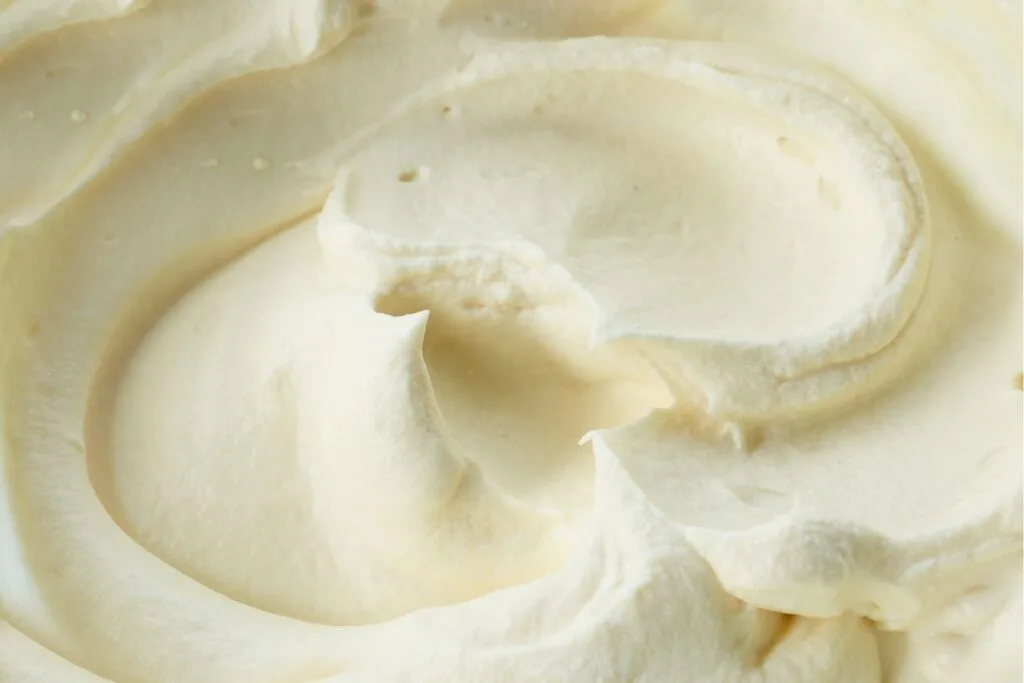The Science of Whipping Cream Fat Percentage: Impact on Quality for Food Businesses
For food wholesalers, distributors, and businesses, understanding the nuances of raw materials is key to ensuring product consistency and customer satisfaction. When it comes to creating delectable desserts, pastries, and beverages, whipping cream is often an indispensable ingredient. But not all whipping creams are created equal. The seemingly simple factor of fat percentage plays a crucial role in the cream’s performance, quality, and suitability for various applications.
What is Whipping Cream and Its Primary Component?
Whipping cream is essentially a dairy product or a dairy-analogue characterized by its high fat content, which allows it to be aerated or “whipped” into a stable foam. The fat is the key component responsible for trapping air bubbles during whipping, creating the light and airy texture we desire. It also contributes significantly to the cream’s richness, flavor, and stability.
Dairy vs. Vegetable Fat: Sources, Origins, and Composition
The fat in whipping cream can come from two main sources:
Dairy Fat
Derived from milk, typically cow’s milk, dairy fat is composed of tiny fat globules surrounded by membranes. These globules aggregate during whipping, forming a network that supports the air bubbles. Dairy farming origins are global, but regions like Northern Europe, North America, and parts of Oceania are major producers of high-quality dairy fats.
Vegetable Fat
Used in non-dairy or vegetable-based whipping creams, these fats often come from sources like palm oil, palm kernel oil, coconut oil, soybean oil, or sunflower oil. Palm and coconut oils originate predominantly from tropical regions (Southeast Asia, Pacific Islands, parts of Africa and South America). These oils are often processed (e.g., hydrogenated or fractionated) to achieve the desired melting point and stability characteristics required for whipping and maintaining structure, especially beneficial for products needing longer shelf-life and temperature stability.
The Crucial Role of Fat Percentage
The percentage of fat is the single most important factor determining how well a cream will whip and how stable it will be. Different types of cream have varying fat levels:
- Light Whipping Cream: Typically 30-35% fat. Whips, but yields a softer, less stable foam.
- Whipping Cream: Usually 35-36% fat. Whips well and holds its shape reasonably.
- Heavy Cream or Double Cream: Often 36% fat or higher (up to 48% in some regions). Whips fastest, produces the stiffest peaks, and offers the best stability.
For most stable applications in a commercial setting, a fat percentage of 35% or above is generally preferred.
How Fat Percentage Affects Quality and Performance
The fat content directly impacts several key quality attributes:
- Whippability & Speed: Higher fat cream whips faster and incorporates air more effectively, resulting in greater volume (yield).
- Stability & Structure: The fat network formed during whipping is stronger with higher fat content, leading to more stable peaks and less weeping (separation of liquid) over time. This is vital for decorated cakes and pastries that need to hold their form. Vegetable fat creams are often engineered for exceptional stability, especially in warmer conditions.
- Texture & Mouthfeel: Higher fat contributes to a richer, creamier, and more luxurious texture. Vegetable fats can be formulated to mimic dairy cream’s mouthfeel or offer a smoother finish depending on the processing.
- Over-whipping Risk: Creams with very high fat content can turn buttery quickly if over-whipped, as the fat globules clump together excessively.
Best Practices: Understanding and Utilizing Fat Content
For food businesses, “healthy practice” related to whipping cream fat isn’t about reducing fat in the cream itself, but about smart usage and sourcing:
- Choose the Right Cream for the Job: Select a cream with a fat percentage and type (dairy vs. vegetable) suited to your application. For stable decorations, opt for 35%+ fat or specialized vegetable creams. For lighter mousses, a slightly lower fat might be acceptable.
- Ensure Consistent Sourcing: Fluctuations in fat percentage from your supplier will lead to inconsistent product performance (variable whipping time, yield, stability). Partner with a reliable supplier who ensures consistent fat content and quality.
- Proper Handling & Storage: Keep cream cold (ideally 2-6°C) before whipping. Cold temperatures help the fat globules emulsify and whip correctly. Avoid temperature fluctuations.
- Monitor Whipping: Avoid over-whipping, especially with higher fat creams, to prevent separation.
A Brief History of Whipped Cream
Whipped cream has a history dating back centuries in Europe, primarily made from fresh dairy cream skimmed from the top of milk. It was manually whisked and used in desserts in aristocratic kitchens. The invention of refrigeration and pasteurization in the 19th and 20th centuries allowed cream to be transported and stored more safely, making it accessible to more people and businesses. The mid-20th century saw the development of aerosols and later, stable vegetable-based whipping creams, specifically designed to address the needs of the commercial sector for longer shelf-life, greater stability in transport and display, and often, cost-effectiveness compared to dairy cream, especially in warmer climates.
Sourcing Quality Whipping Cream Ingredients
Finding a trustworthy supplier is paramount. A good supplier provides products with guaranteed fat percentages, consistent quality batch-to-batch, and understands the technical requirements for bulk use in the food industry. They should offer clear specifications and ideally provide technical support or guidance on their products’ performance.
PMF: Your Source for Quality Pastry and Bakery Ingredients
As a dedicated supplier of **pastry and bakery raw materials** from Turkey, PMF understands the importance of reliable ingredients for your business. We source and provide products with consistent specifications, including our range of creams and mixes designed for performance and quality in commercial applications. We cater to the needs of wholesalers, distributors, and food businesses looking for dependable bulk ingredients.
Explore some of our key offerings:
- Our high-quality Whipping Cream Powder is formulated for excellent yield and stability, crucial for professional use:
https://pmf-tr.com/products/pastry/whipping-cream-powder/ - Enhance your products with our range of delicious Filling Creams, including popular options like Dubai Pistachio:
https://pmf-tr.com/products/pastry/filling-creams/dubai-pistachio-filling-cream/ - Offer popular treats with our convenient Soft Ice Cream Mix:
https://pmf-tr.com/products/ice-cream/soft-ice-cream-mix/
At PMF, we are committed to being your trusted partner for consistent, high-quality ingredients sourced from Turkey.
Frequently Asked Questions about Whipping Cream Fat Content
What is the ideal fat percentage for whipping cream for decoration?
For stable decorations that hold their shape well, a fat percentage of 35% or higher is generally ideal. Vegetable-based whipping creams are also formulated for excellent stability for decoration.
What is the main difference in performance between dairy and vegetable whipping cream?
Dairy cream offers a classic rich flavor but can be less stable, especially in warm conditions. Vegetable whipping creams are often engineered for superior stability, longer shelf-life, and consistent performance across temperatures, making them very popular in commercial settings.
How does fat percentage affect the shelf life of whipped cream?
Once whipped, higher fat creams tend to be more stable and resist weeping (liquid separation) for a longer period than lower fat creams. However, the overall shelf life of the liquid cream product depends more on processing (like UHT) and storage conditions than just fat percentage.
Why is consistent fat percentage important when sourcing whipping cream in bulk?
Consistency in fat percentage directly impacts the whipping time, final volume (yield), texture, and stability of the whipped product. For businesses requiring uniform results across batches and locations, consistent raw material specifications are critical for quality control and predictability.
Where can I find reliable wholesale suppliers of whipping cream with consistent quality?
Look for established suppliers specializing in bulk bakery and pastry ingredients. Suppliers like PMF focus on sourcing quality raw materials with consistent specifications to meet the demands of food manufacturers, wholesalers, and distributors.



